Introduction to Worm Gearbox and its Significance in Industrial and Mechanical Applications
The worm gearbox, also known as a worm drive reducer, is an integral component used in a wide variety of mechanical and industrial applications. This device utilizes a unique mechanism involving a worm (a gear in the form of a screw) and a worm gear (a gear resembling a wheel), which meshes together to alter the rotational speed and torque. The gearbox plays a critical role in applications such as Automated Storage and Retrieval Systems (ASRS), where precise control of movement and speed is required.
Understanding the Working Principle of a Worm Gear Reducer
The working principle of a worm gear reducer involves the interaction between the worm and the worm gear. The worm, which is typically connected to the motor, rotates and drives the worm gear. The design of the worm is such that it can turn the gear, but the gear cannot turn the worm, thereby creating a locking mechanism. This locking mechanism, coupled with the fact that the gearbox can offer high torque and reduction ratios, makes it ideal for applications where safety and control are critical, such as in ASRS.
Basic Structure and Components of a Worm Gearbox
Worm
The worm is a crucial component of the gearbox, serving as the primary driver. It is connected to the motor and rotates when the motor is activated. The worm’s design, which resembles a screw, allows it to mesh with the worm gear and drive it.
Worm Gear
The worm gear, which resembles a wheel, meshes with the worm. The rotation of the worm drives the worm gear, which in turn drives the output shaft. The arrangement of the worm and worm gear allows for a high reduction ratio.
Input and Output Shafts
The input shaft is connected to the motor and the worm. When the motor runs, it drives the input shaft, which in turn drives the worm. The output shaft is connected to the worm gear. The rotation of the worm gear drives the output shaft, which then drives the connected machinery.
Why Worm Gearbox suits ASRS?
There are several reasons why a worm gearbox is suitable for ASRS.
- High Reduction Ratio: A worm gearbox can offer high reduction ratios, making it ideal for applications where precise control of speed is essential, such as in ASRS.
- Locking Mechanism: The design of the worm and worm gear creates a locking mechanism. This feature is critical in ASRS, where safety is paramount.
- Compact Design: The compact design of a worm gearbox makes it suitable for applications where space is a constraint, such as in ASRS.
- High Torque: A worm gearbox can provide high torque, which is beneficial in applications like ASRS, where heavy loads may need to be moved.
- Smooth Operation: A worm gearbox operates smoothly and quietly, which is advantageous in environments like ASRS, where noise reduction is desirable.
Features and Advantages of Worm Gear Motors
Worm gear motors come with several features and advantages.
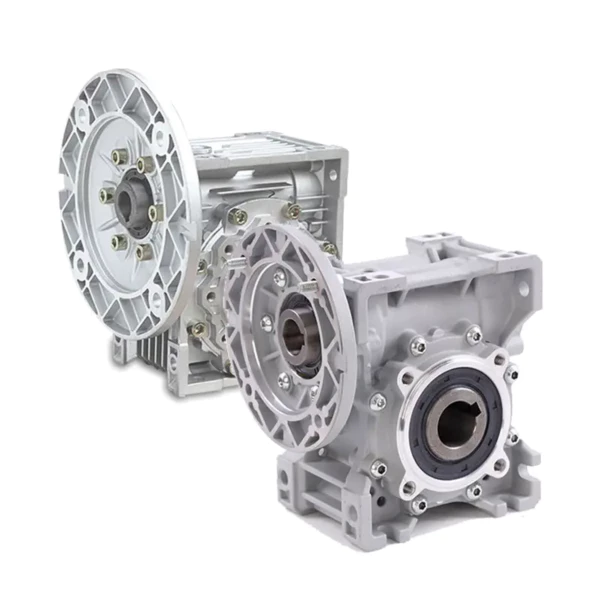
- High Efficiency: Worm gear motors offer high efficiency, making them cost-effective in the long run.
- High Torque: These motors can provide high torque, which is beneficial in applications where heavy loads need to be moved.
- Compact Design: Their compact design makes them suitable for applications where space is a constraint.
- Durability: Worm gear motors are durable and can withstand harsh operating conditions, making them ideal for industrial applications.
- Smooth Operation: These motors operate smoothly and quietly, which is advantageous in environments where noise reduction is desirable.
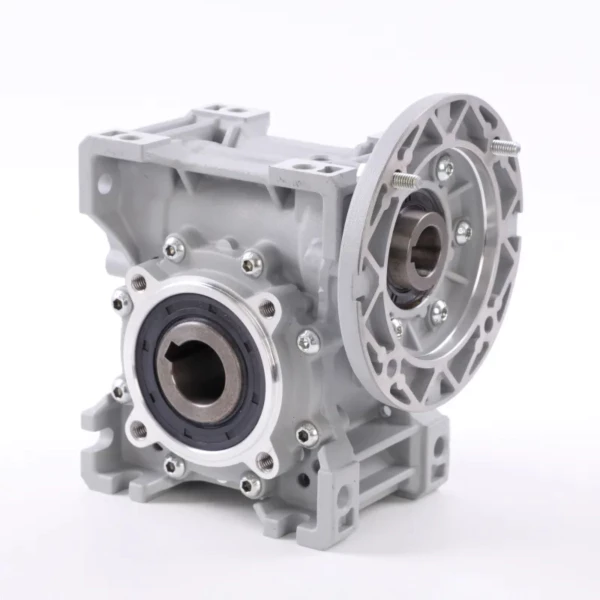
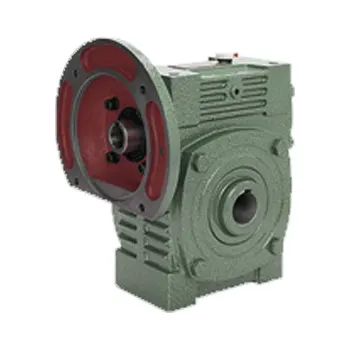
Choosing the Right Worm Reducer for Your Application
Choosing the right worm reducer for your application is crucial for optimal performance. Here are some key points to consider when selecting a worm reducer.
- Load Capacity: Consider the load that the reducer will need to handle. Choose a reducer that can handle the maximum load that your application will require.
- Speed Requirements: Consider the speed requirements of your application. Choose a reducer that can provide the necessary speed reduction.
- Size Constraints: Consider the space available for the reducer. Choose a reducer that fits within the available space.
- Operating Conditions: Consider the operating conditions. Choose a reducer that can withstand the environmental conditions where it will be used.
- Cost: Consider your budget. Choose a reducer that offers the best value for your money.
Motors for Worm Gear Reducers
The motor is a critical component of a worm gear reducer as it drives the worm, which in turn drives the gear. The choice of motor can significantly impact the performance of the reducer. Our company provides suitable electric motors that complement our worm gear reducers for optimal performance.
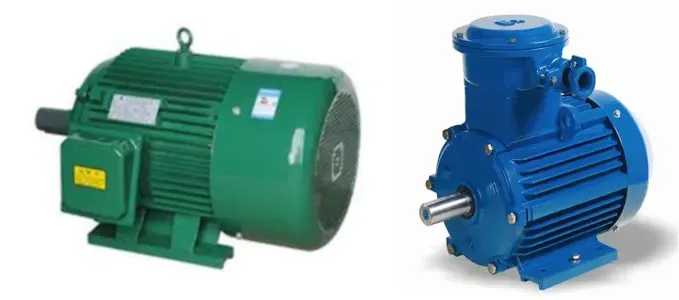
About Us
We are a comprehensive transmission equipment manufacturer integrating research and development, manufacturing, and sales of speed reducers. With more than 15 years of experience, we serve customers in Europe, America, Africa, Asia, etc., and have won the praise of the market. Our products include MRV series worm gear reducer, GV series gear reducer, RT series solar reducer, XV series planetary reducer, BD series harmonic reducer, and various types of non-standard reducer. Our products are widely used in equipment Industry, food industry, car washing industry, packaging industry, transmission industry, automation industry, solar energy industry, and so on. We encourage customers to explore our products and contact us for purchase.
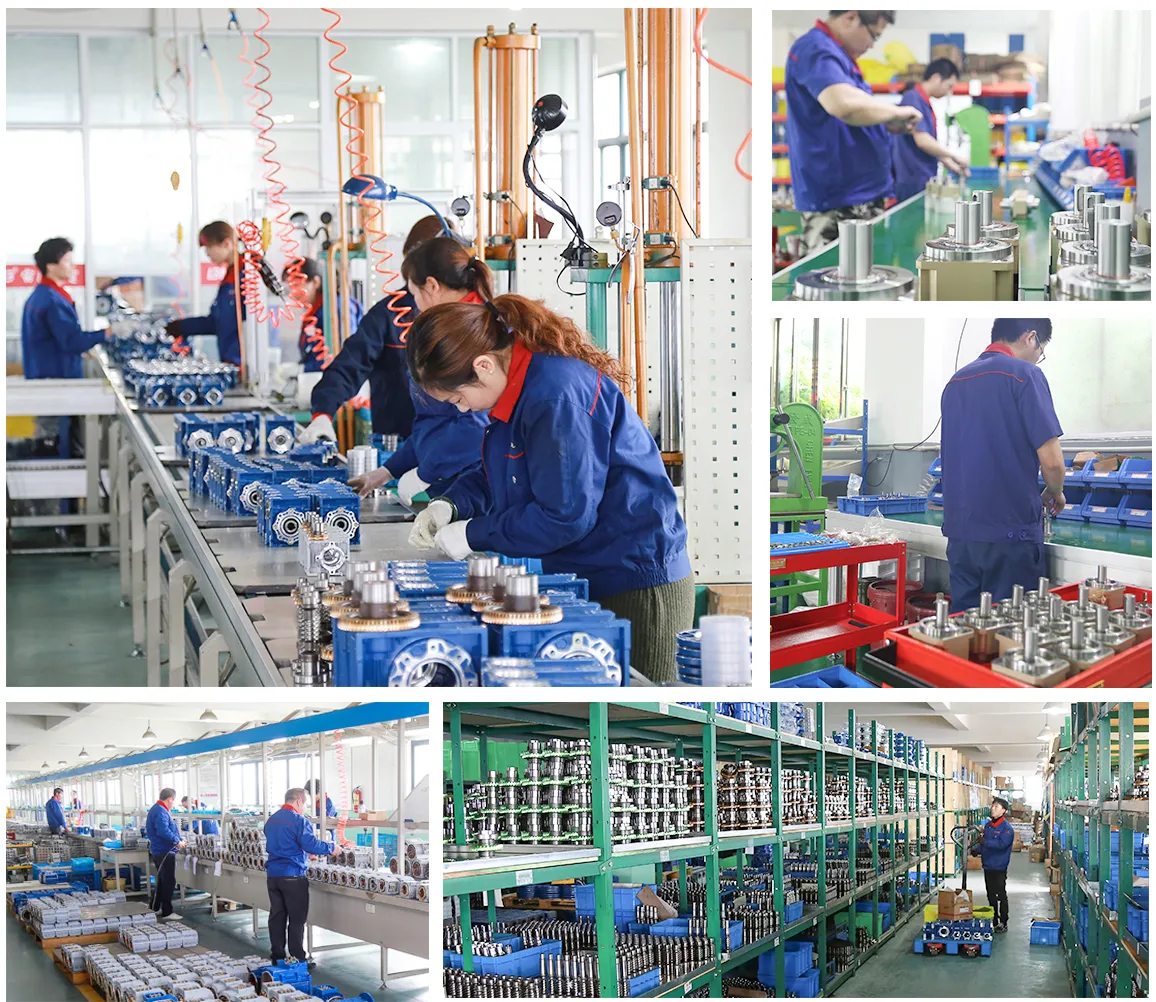
Q&A
Q1: What is the primary function of a worm gearbox in ASRS?
A: The primary function of a worm gearbox in ASRS is to control the movement and speed of the system precisely, ensuring safety and efficiency.
Q2: What factors should I consider when choosing a worm reducer?
A: Some key factors to consider include load capacity, speed requirements, size constraints, operating conditions, and cost.
Q3: How does a worm gearbox work?
A: A worm gearbox works by having the worm (a gear in the form of a screw) mesh with the worm gear (a gear resembling a wheel) to alter the rotational speed and torque.
Edited by Zqq